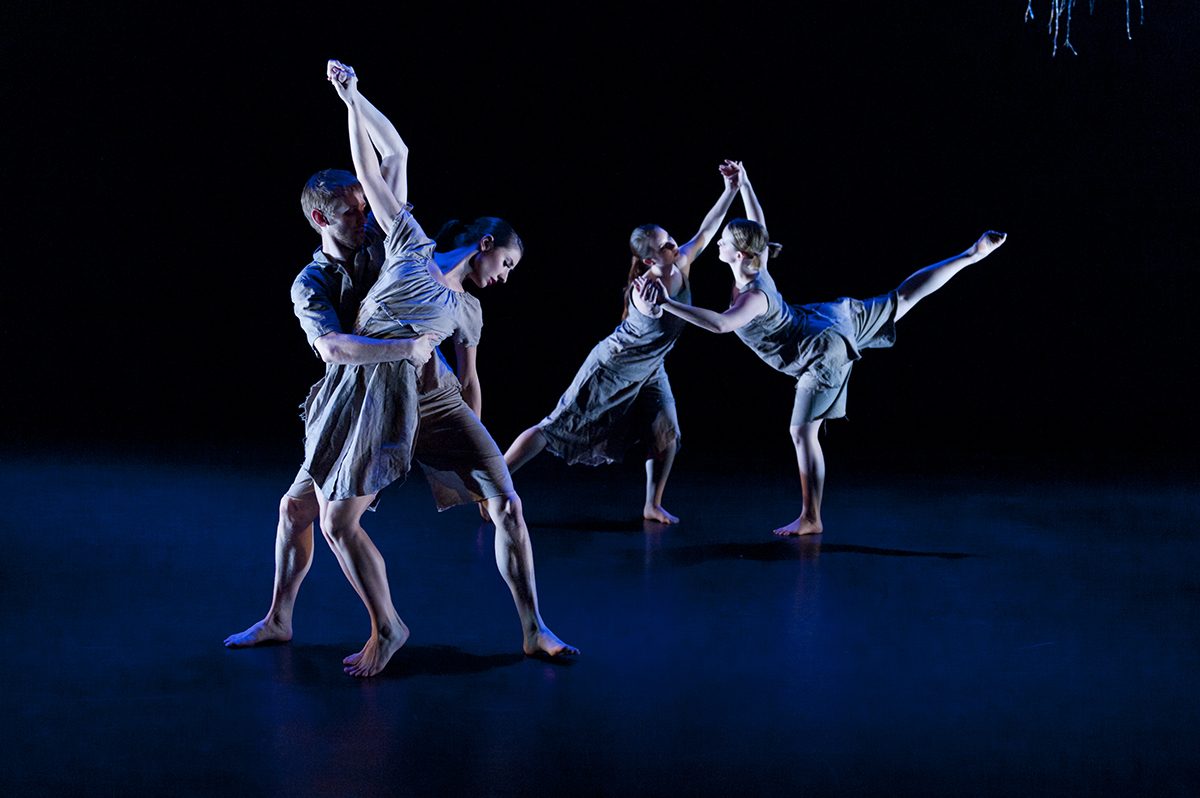
2. The truth behind leotards
Depending on the style and performance the costume varies, but when in rehearsals dancers usually wear a plain leotard and tights with ballet slippers. The reason why ballet dancers are required to wear tight clothing is it makes it easier for the teachers to see and correct the lines and positions a student is making when practicing, if the clothing is too loose it is hard to notice the errors (BalletHub). While on stage it is easier to notice the elegance of the performance.
3. Learning on Pointe
● Have you ever tried on pointe shoes and stood on your toes? This elegant and graceful, yet intimidating technique is a lot tougher than it seems. Pointe is a classical ballet technique; all the dancers’ body weight is supported on the tips of their fully extended feet. It has been said that every time a ballet dancer jumps en pointe, three times their body weight is carried on the tip of their big toe (Pointe Technique). This technique takes years of practice and skill and a dancer can even go through 70 pairs of pointe shoes in a single year. Pointe shoes have a rigid box at the tip of the shoe and are densely packed with layers of fabric, cardboard, and paper hardened by glue (JEP). The purpose of the pointe technique was invented to have female dancers appear weightless and seem as the mythological spirit of the air.
1.There are several types of ballet, but classical ballet is the focus here at Colorado State.
● What exactly is classical ballet? It is a technique of ballet that focuses on traditional and formal styles, known for its aesthetics and rigorous techniques while performing elegant and precise moments. The coursework includes pointe work, men’s technique, and classical repertoire (CSU Dance). In the advanced ballet class, a student must take a 1 hour and 50-minute ballet class five days of the week during the semester (JEP). Interested in seeing what classical ballet is all about? At the end of each semester in April, the dancers will perform two concerts. There is a spring concert with guest chorography and a capstone performance done by the graduating seniors with over 30 ballet dancers (CSU Dance).
4. Don’t underestimate a ballet dancer’s strength
Being in ballet means a lot of things; you must be actively fit, healthy, and have a strong core to prevent from injuries. From having coordination skills to being able to catch ballerinas, lift them above your head while looking smooth and precise it takes a lot of upper body strength (Ballet). To be able to jump elegantly into a dancer’s arms you must be able to maintain balance while remaining poised. Even though the performance looks smooth and graceful on stage, the workouts to look that way can be grueling.
5. The dance department is one of three departments you must audition for
Even if wanting to focus strictly on classical ballet repertoire, during the audition process you must showcase your dance training in both ballet and modern technique. During the audition, you must demonstrate you can work at the intermediate technical level and be at an appropriate fitness level that can endure the rigorous daily work for the upcoming four years (CSU Dance). The audition is a full day endeavor and includes a modern and ballet technique class, a one-minute solo performance and a completed application (CSU Dance). If you thought standardized testing was hard, try dedicating a whole day of trying to impress the judges!



